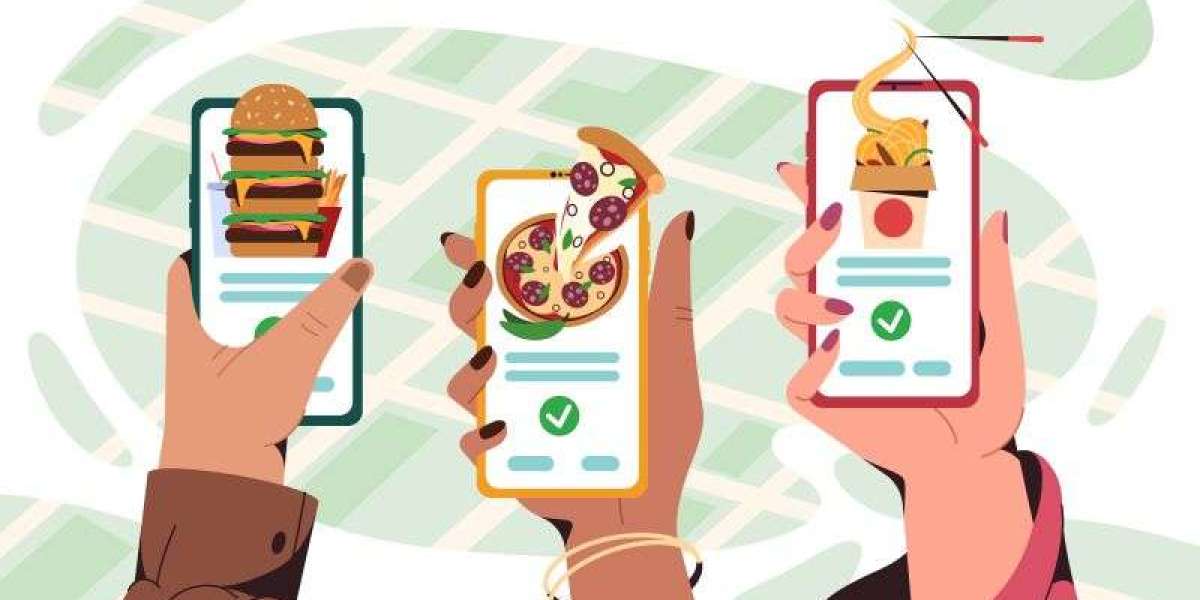In today’s fast-paced world, the convenience of ordering food online has transformed the dining experience. The food delivery business has witnessed unprecedented growth, driven by changing consumer habits and advancements in technology. As we venture further into 2024, understanding how to create a successful food delivery business is more critical than ever. This guide will delve into the essential strategies, trends, and best practices for establishing and growing a food delivery business that thrives in today’s competitive market.
Understanding the Food Delivery Market
The food delivery market has expanded rapidly over the past decade, and the COVID-19 pandemic only accelerated this trend. According to recent reports, the global food delivery market is expected to reach nearly $200 billion by the end of 2024. This growth is fueled by several factors, including increased smartphone usage, the rise of food delivery apps, and a shift in consumer preferences towards convenience and on-demand services.
To tap into this booming market, it’s crucial to understand your target audience. Are you catering to busy professionals, families looking for easy dinner solutions, or food enthusiasts seeking gourmet experiences? Identifying your niche will help tailor your services and marketing strategies effectively.
Crafting Your Business Model
A successful food delivery business requires a well-thought-out business model. Here are some key elements to consider:
Menu Selection: Your menu should be designed with delivery in mind. Focus on items that travel well, maintain quality, and can be efficiently packaged. Offering a variety of options, including dietary preferences like vegan or gluten-free, can attract a broader customer base.
Pricing Strategy: Competitive pricing is crucial. Research local competitors and understand their pricing structures. Consider offering promotions or discounts to attract new customers, but ensure that your pricing strategy aligns with your costs and profit margins.
Delivery Logistics: Efficient delivery is the backbone of your business. Invest in reliable delivery management software to optimize routes and track deliveries in real-time. Depending on your scale, you might use in-house drivers or partner with third-party delivery services.
Technology Integration: Embrace technology to streamline operations. Online ordering systems, mobile apps, and integrated payment gateways can enhance customer experience and operational efficiency. Additionally, leveraging data analytics can help you understand customer preferences and improve your service.
Building Your Brand and Online Presence
In the digital age, a strong online presence is essential for any food delivery business. Here’s how you can build and maintain a compelling brand:
Brand Identity: Create a memorable brand that reflects your business values and mission. This includes designing a professional logo, choosing a color scheme, and crafting a unique brand voice. Your brand should resonate with your target audience and stand out in a crowded market.
Website Optimization: Your website is often the first point of contact with potential customers. Ensure it is user-friendly, mobile-responsive, and optimized for search engines. Include high-quality images of your food, clear menu descriptions, and easy navigation for placing orders.
Social Media Engagement: Social media platforms are powerful tools for promoting your food delivery business. Engage with your audience through regular posts, special offers, and interactive content. Encourage satisfied customers to share their experiences and reviews.
Local SEO: Optimize your website and online profiles for local search. Use keywords related to your food delivery business and location to improve visibility in local search results. Encourage customers to leave positive reviews on platforms like Google My Business and Yelp.
Leveraging Trends in the Food Delivery Industry
Staying ahead of industry trends can give your food delivery business a competitive edge. Here are some current trends to consider:
Sustainability: Consumers are increasingly concerned about environmental impact. Implement sustainable practices such as eco-friendly packaging and reducing food waste. Highlight these efforts in your marketing to attract environmentally-conscious customers.
Personalization: Personalization enhances the customer experience. Use data to offer personalized recommendations based on past orders and preferences. Tailored promotions and loyalty programs can also drive repeat business.
Virtual Restaurants: The concept of virtual or ghost kitchens—restaurants that only operate through delivery—has gained popularity. This model allows for lower overhead costs and can be an effective way to test new concepts or cuisines.
AI and Automation: Integrating AI and automation can streamline various aspects of your business, from customer service chatbots to automated order processing. These technologies can improve efficiency and reduce operational costs.
Scaling Your Food Delivery Business
Once your food delivery business is up and running, consider strategies for scaling and expansion:
Market Expansion: Explore new markets and locations to grow your customer base. Conduct market research to identify areas with high demand and limited competition.
Partnerships and Collaborations: Partner with local businesses, influencers, or food bloggers to expand your reach. Collaborative promotions and events can introduce your brand to new audiences.
Customer Feedback: Regularly seek feedback from your customers to identify areas for improvement. Addressing concerns and adapting to customer needs can enhance satisfaction and loyalty.
Continuous Innovation: Stay updated with industry trends and technological advancements. Continuously innovating your offerings and operations can help you stay competitive and meet evolving customer expectations.
Conclusion
The food delivery business presents immense opportunities for growth and success in 2024. By understanding the market, crafting a solid business model, building a strong online presence, leveraging industry trends, and focusing on scaling, you can position your business for long-term success. As the demand for convenient dining options continues to rise, those who adapt and innovate will stand out in this dynamic industry.








